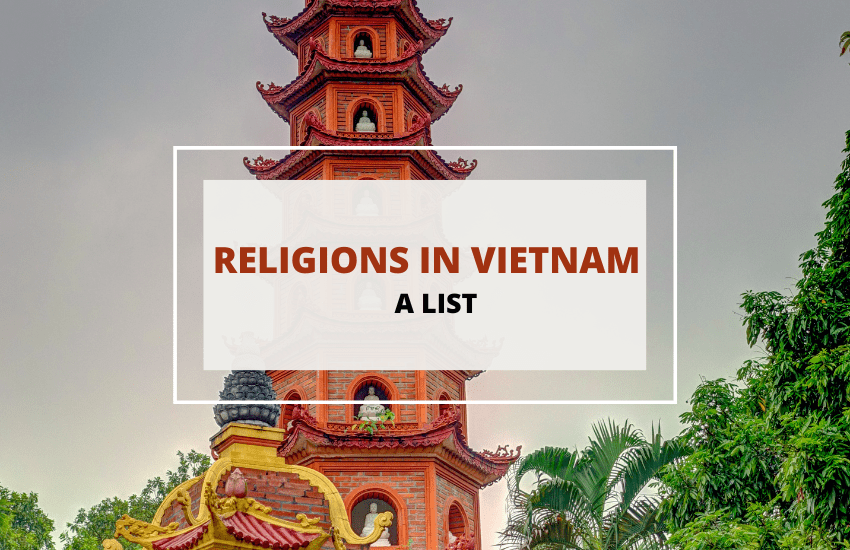
Each country has a population that perceives religion differently than others. While some countries have a separation of religion and State, others use faith to lead the country.
Vietnam is an atheist State. However, most of its population aren’t actually atheists. Instead, they believe in the unification of three main religions: Buddhism, Confucianism, and Daoism, along with the practices of worshiping their spirits and ancestors.
Apart from these, several other smaller communities follow different forms of Christianity, Cao Dai, Hoa Hoa, and Hinduism, making them a truly multicultural society. On top of that, these religions have various lifespans, ranging from two thousand years to more recent ones that only originated in the 1920s.
In this article, we’ll explain all these different religions and how they managed to influence Vietnamese culture.
The Converged Religions of Tam Giao
Tam Giao is what Vietnamese people call the combination of the three principal religions in Vietnam. It combines the customs and practices of Daoism, Buddhism, and Confucianism. Strangely enough, there’s also a similar concept found in China.
Many people in Vietnam can honor certain aspects of each religion without fully committing to just one. Tam Giao is the most common example of such a practice since it has heavily ingrained itself in Vietnam’s culture and customs.
1. Daoism
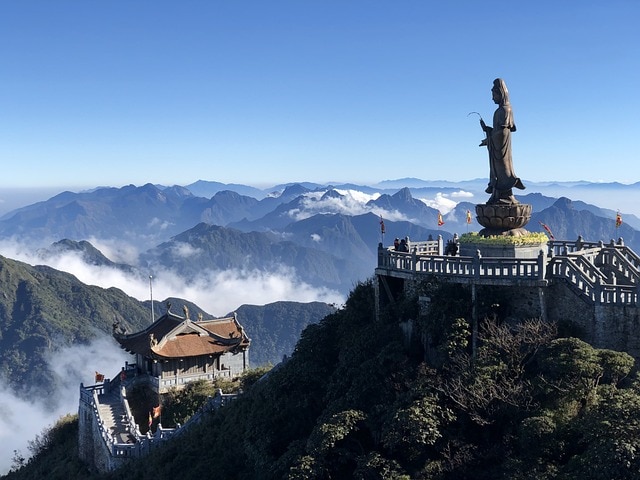
Daoism originated in China as a philosophy, not a religion. Many people believe that Laozi was the creator of Daoism, with the idea that humankind should live in harmony with nature and the natural order.
Therefore, its main objective is to attain this state of harmony. For this, Daoism promotes pacifism, patience, love, and being satisfied and grateful for what you have.
The Chinese introduced Daoism to Vietnam during the Chinese domination period of the 11th and 12th centuries. It was so prominent that during this period, people had to take an exam on Daoism, along with the two other religions of Tam Giao if they wanted to apply for government positions.
Despite being considered a philosophy, it later developed into a religion consisting of a separate church and clergy.
2. Buddhism
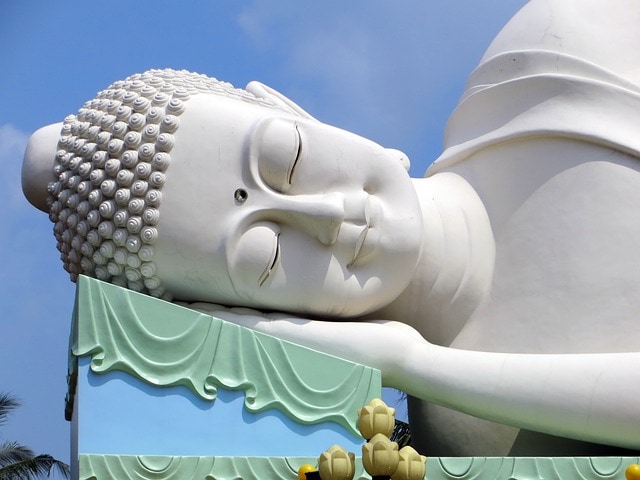
Buddhism was introduced to Vietnam during the 2nd century B.C.E. and despite being very prominent throughout Vietnam, only became the official state religion during the Ly Dynasty.
Buddhism is based on the teachings of the Gautama Buddha, who preached that humans are born on this earth to suffer, and only through meditation, good behavior, and spiritual labor can they attain nirvana, the blissful state.
The most common branch of Buddhism in Vietnam is Theravada Buddhism. Although Buddhism would eventually lose its official status, it continues to be an essential component of Vietnamese beliefs.
Interestingly enough, most Vietnamese prefer to identify as Buddhists despite the fact they might not actively participate in Buddhist rituals or visit the pagodas very frequently.
3. Confucianism
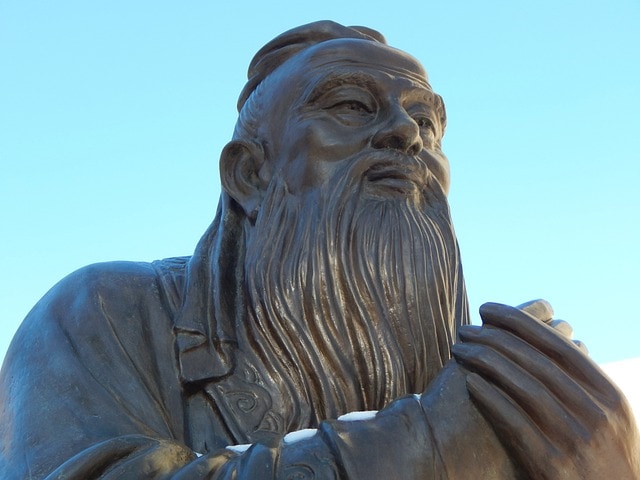
Confucianism originated in China thanks to a philosopher named Confucius. He realized that the only way for society to remain in harmony is when its people are always trying to improve their morals and take accountability for their actions.
Confucianism teaches that there are five virtues its followers should nurture. These are wisdom, fidelity, benevolence, propriety, and righteousness. Confucius also preaches that people should maintain these virtues as a code for social behavior instead of considering it as a dogmatic religion.
Similar to Daoism, it was the Chinese that introduced Confucianism to Vietnam. Although Confucianism had a noticeable decline in popularity during the French conquest, it remained one of Vietnam’s most revered philosophies.
Other Religions
Vietnam also consists of followers from other religions within its population. The bulk of these includes Christianity and Protestantism, spread by European and Canadian missionaries, along with Cao Dao and Hoa Hao, which are fairly recent belief systems that originated in Vietnam.
1. Protestantism
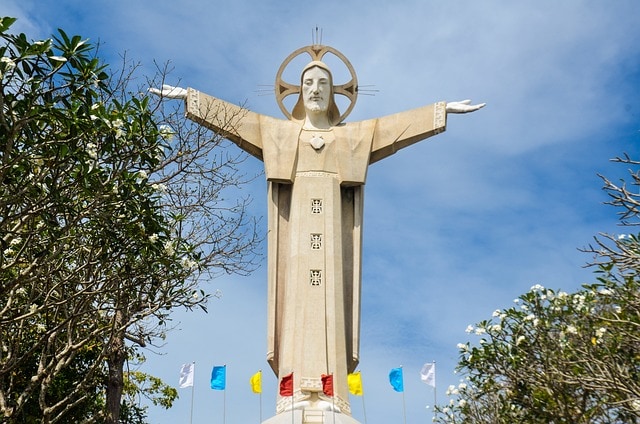
Protestantism is a form of Christianity that follows the Protestant Reformation. It started in the 16th century as a means of reforming the Catholic Church from what they considered were discrepancies, errors, and abuse from its authority figures.
A Canadian missionary called Robert Jaffray was responsible for introducing Protestantism to Vietnam in 1911. He established a church soon after his arrival, and since then, it has amassed almost 1.5% of the Vietnamese people as Protestants.
2. Hoa Hao
Hoa Hao is a sect that uses a reformed Buddhist philosophy. Believe it or not, this sect belonged to a Buddhist ministry in the 19th century that people referred to as “Strange Perfume from Precious Mountains.”
Hoa Haoism encourages its followers to worship at home instead of spending their time in temples. Apart from Buddhist teachings and schools of thought, Hoa Haoism has elements of Confucianism as well as the worship of ancestors.
3. Catholicism
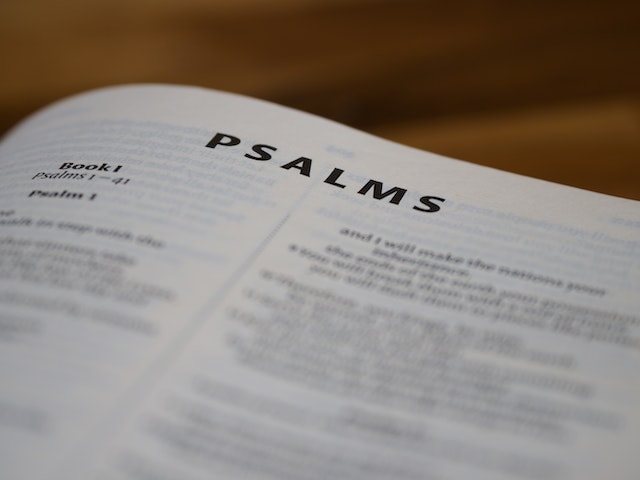
Catholicism is one of the branches of Christianity and preaches its Holy Book, the Bible, and the worship of one God. Catholicism is currently one of the largest organized religions in the world, and in Vietnam alone, it is estimated to have around 9 million Catholics.
Missionaries from France, Portugal, and Spain introduced Catholicism to Vietnam in the 16th Century. But it only rose to significance during the 60s, where Catholics got preferential treatment under Ngo Dinh Diem’s rule. It caused a lot of conflict between the Catholics and the Buddhists, after which Buddhists reclaimed their position in 1966.
4. Caodaism
Caodaism is the most recent religion in Vietnamese history. Ngo Van Chieu established it in 1926 when he claimed to have received a message from God, or the Supreme Spirit. Caodaism comprises customs and rituals adapted from several older religions such as Buddhism, Christianity, Confucianism, Tam Giao, etc.
Something that separates Caodaism from traditional religion is that they believe that priests are divine agents that can connect and communicate with the Supreme Spirit.
Wrapping Up
Each country has different religious groups within them. In the case of Vietnam, as you have read in this article, it has Tam Giao, which is the combination of three religions, along with some traditional religions and more recent ones.
So now you know more about Vietnam’s rich culture and the different religions that people follow. So if you ever hope to visit Vietnam, you’ll have an easier time relating to their people, culture, and traditions.








